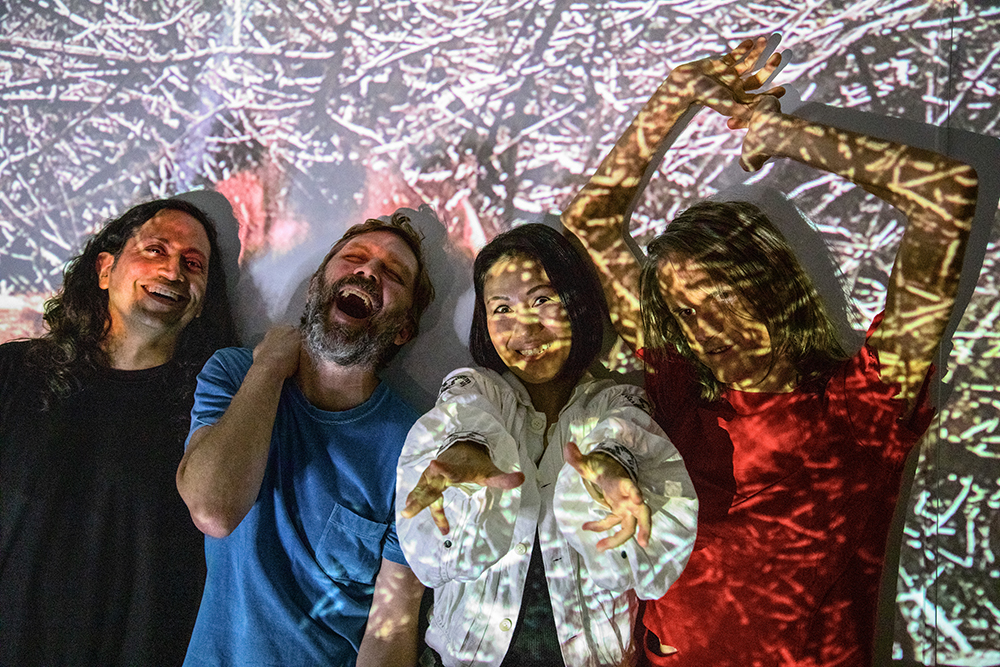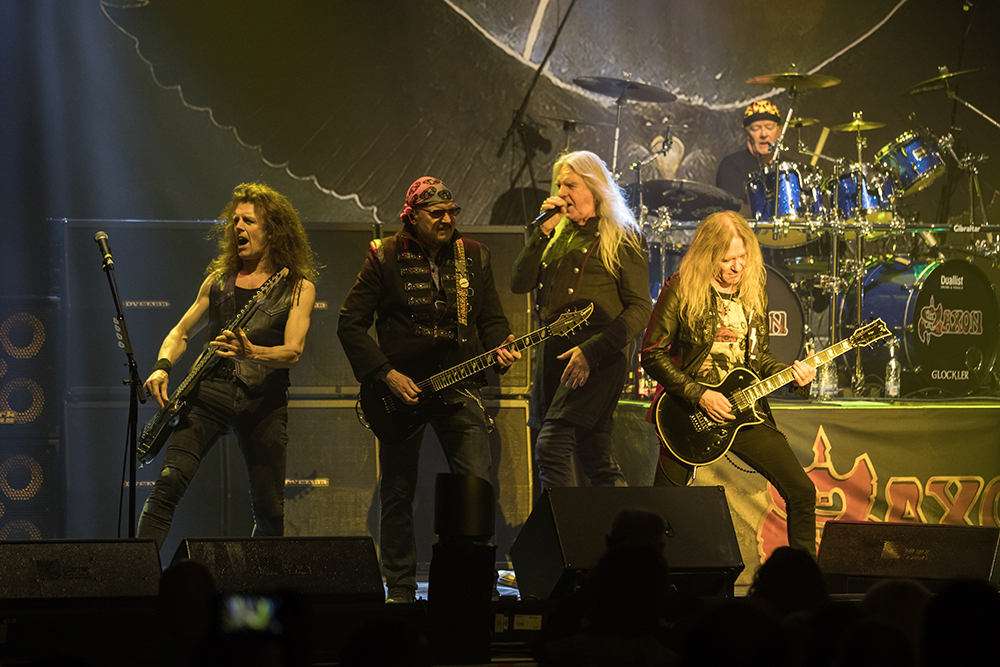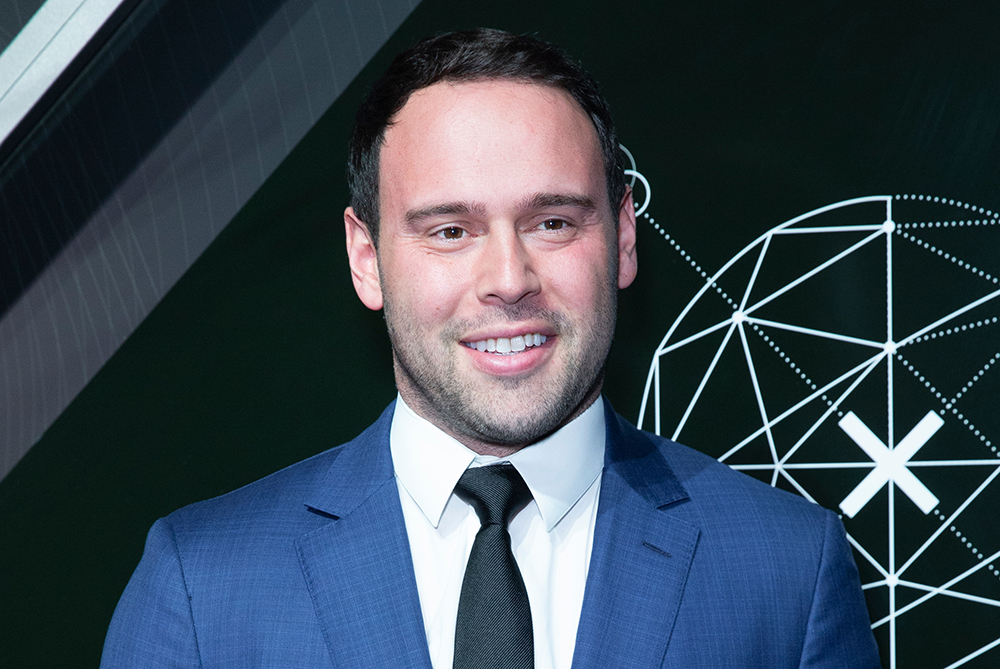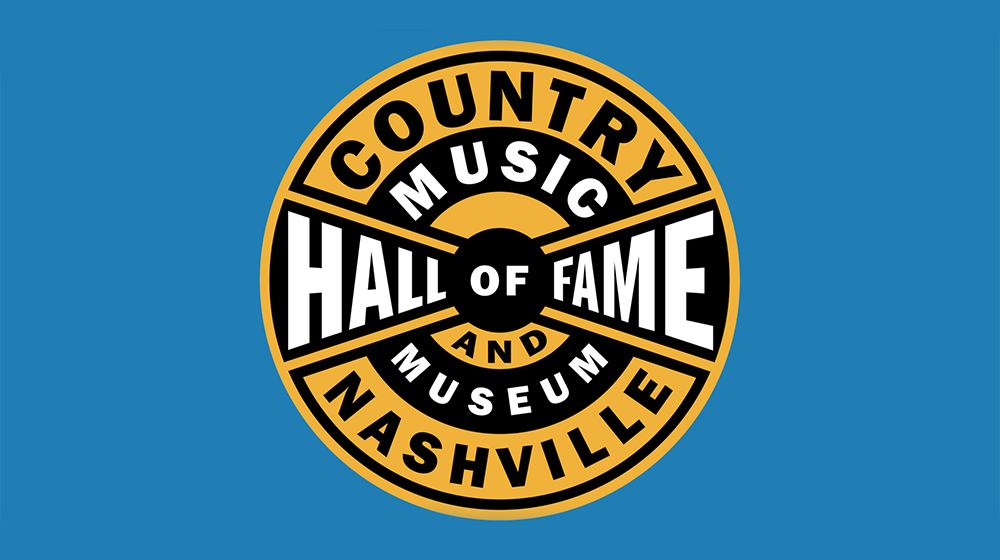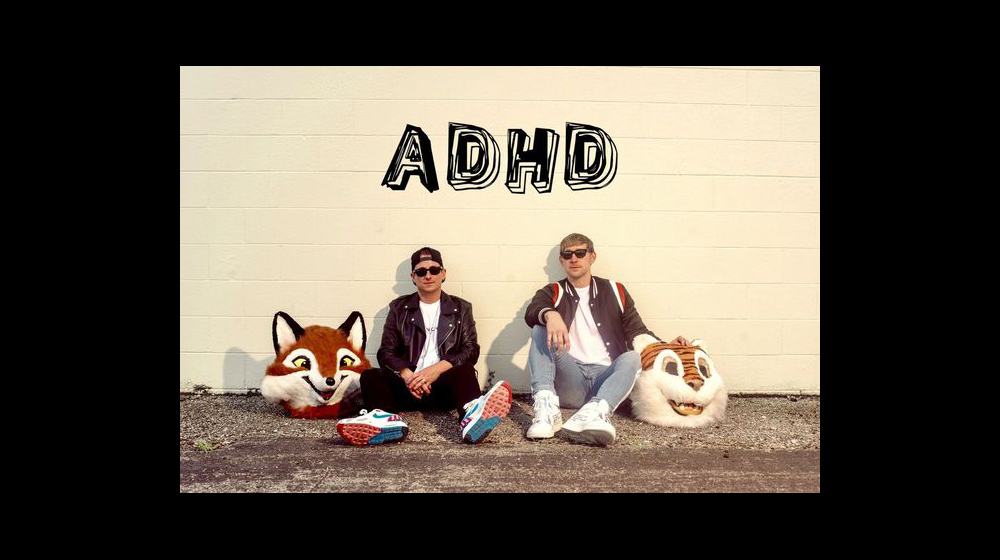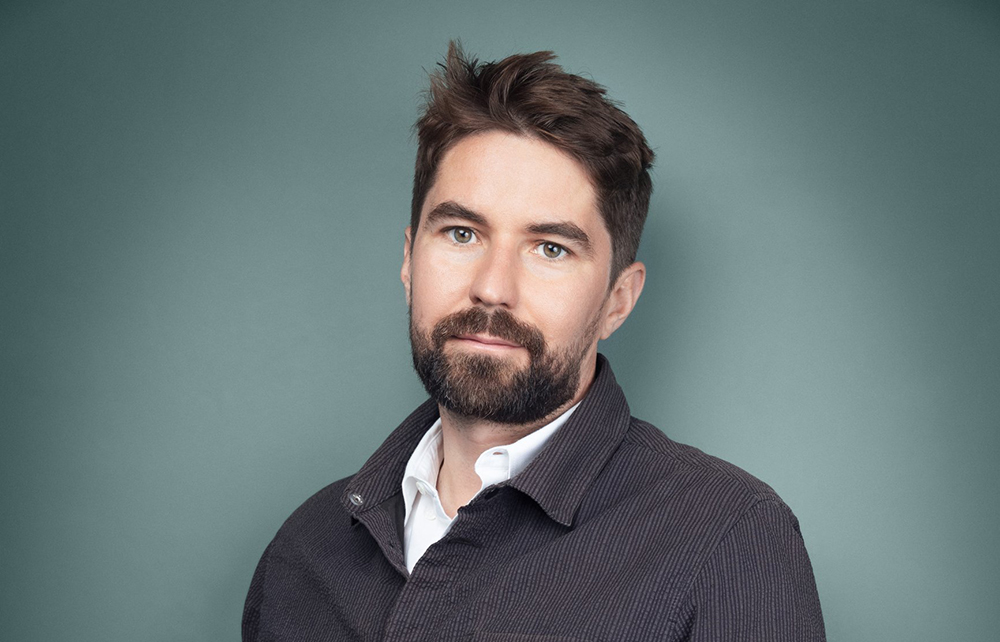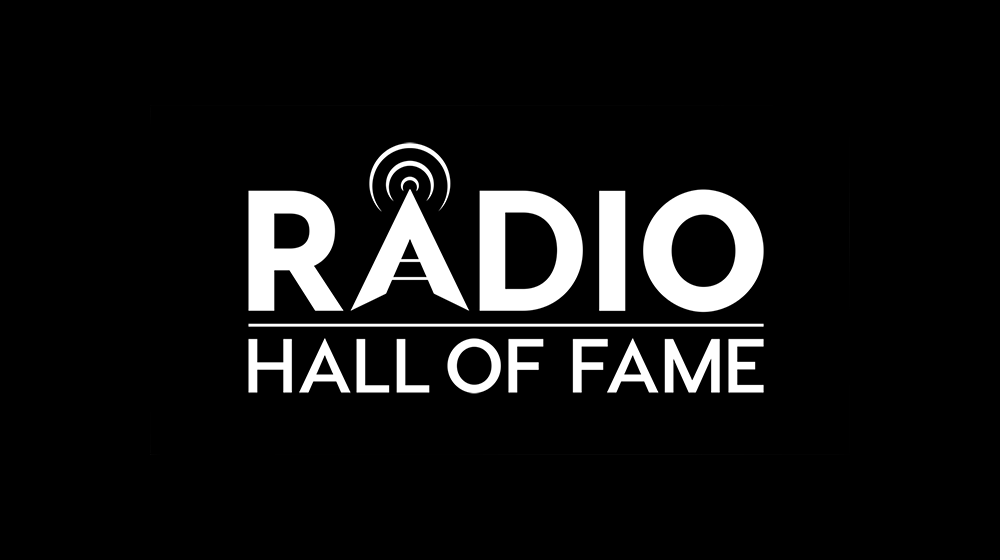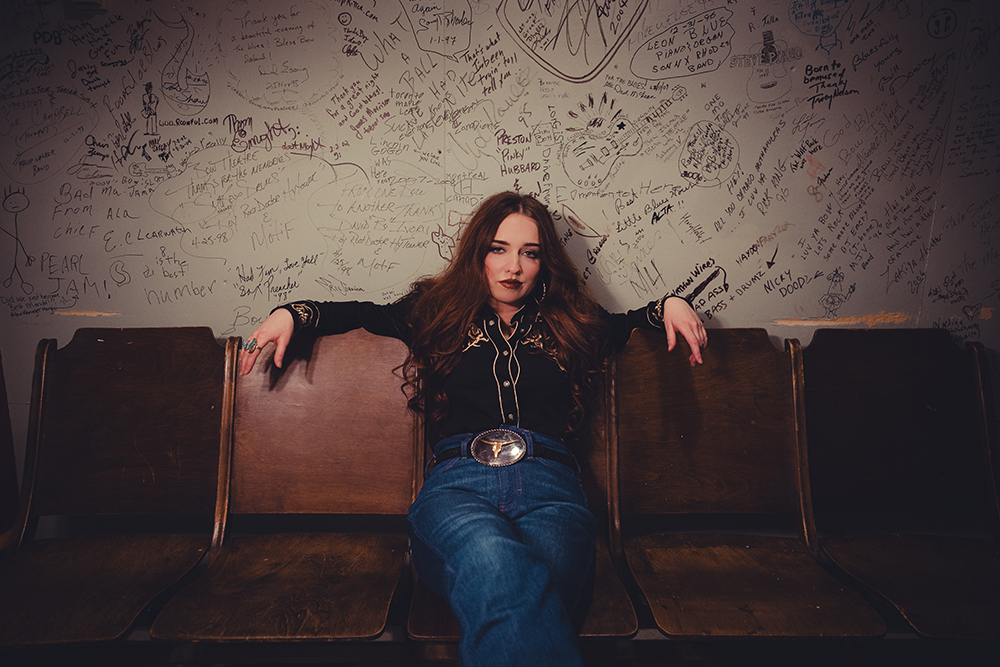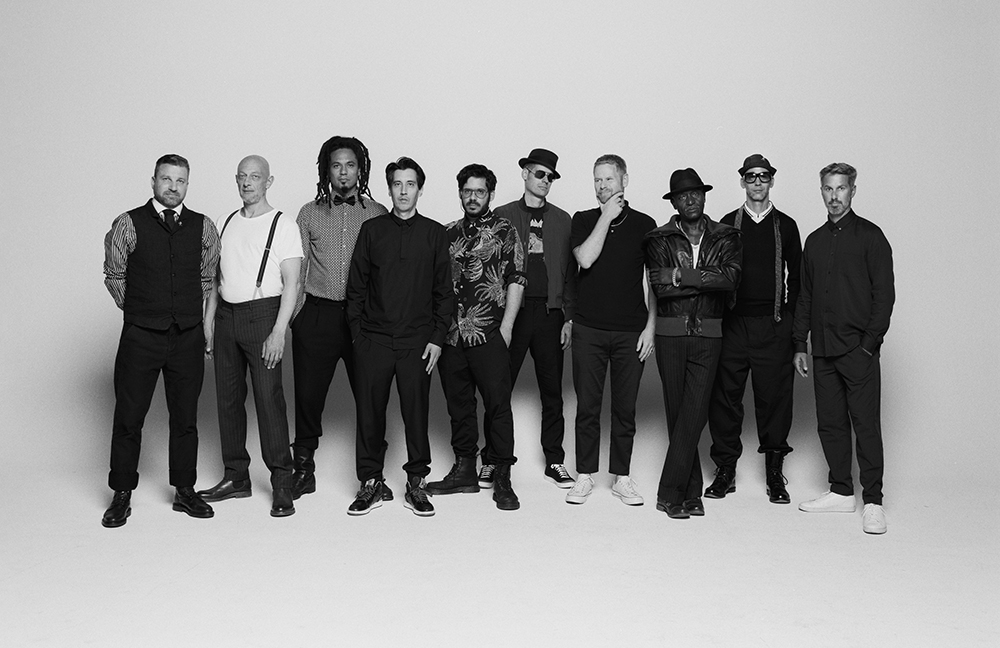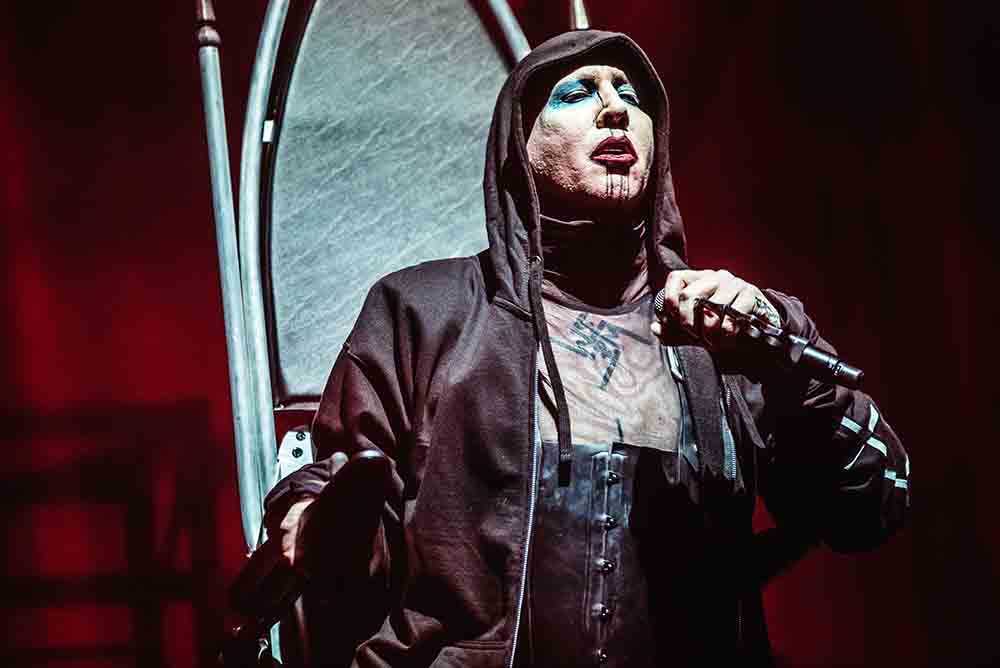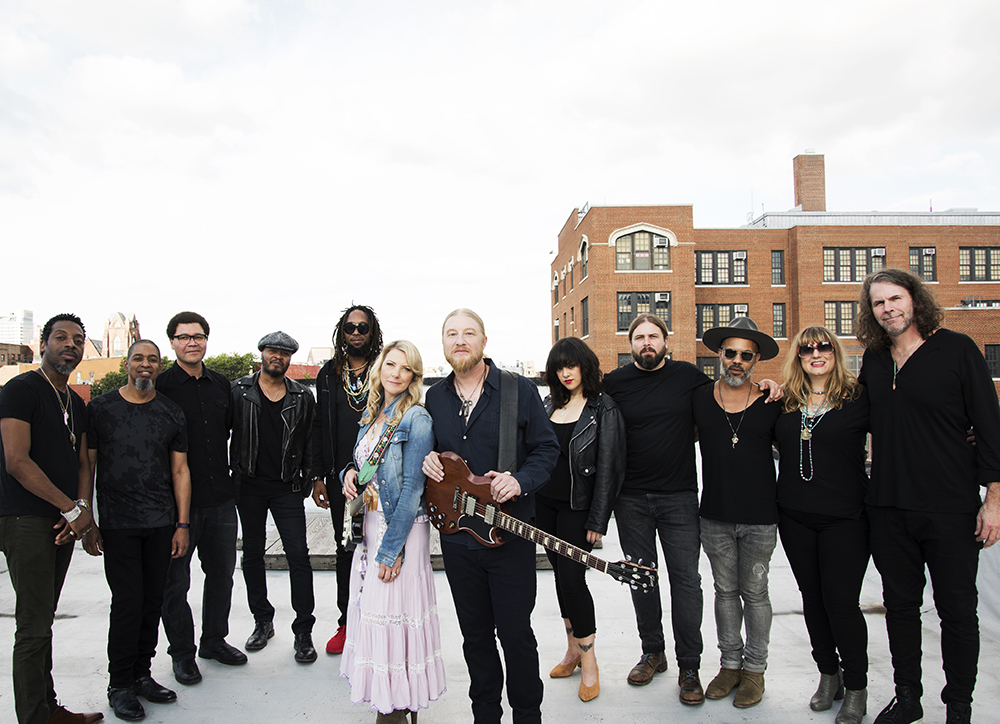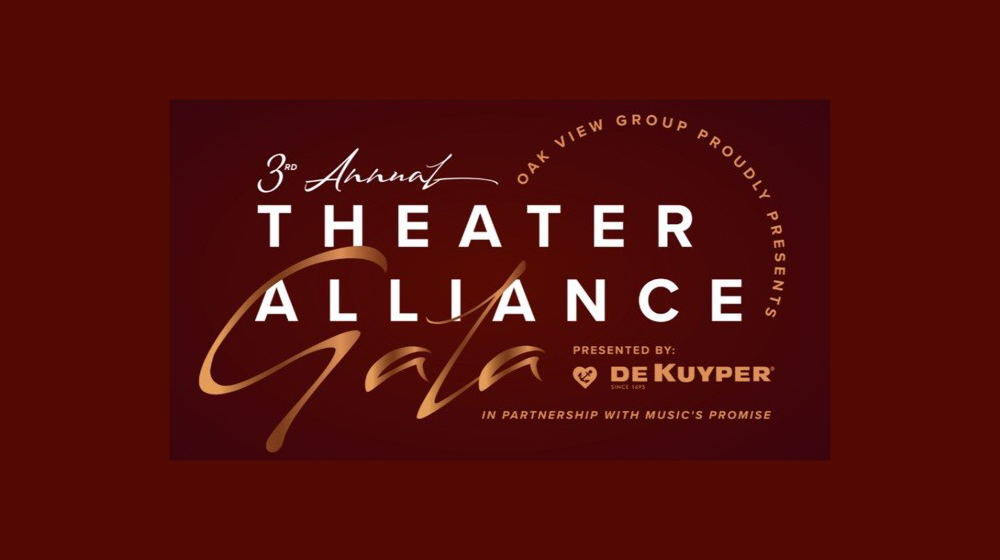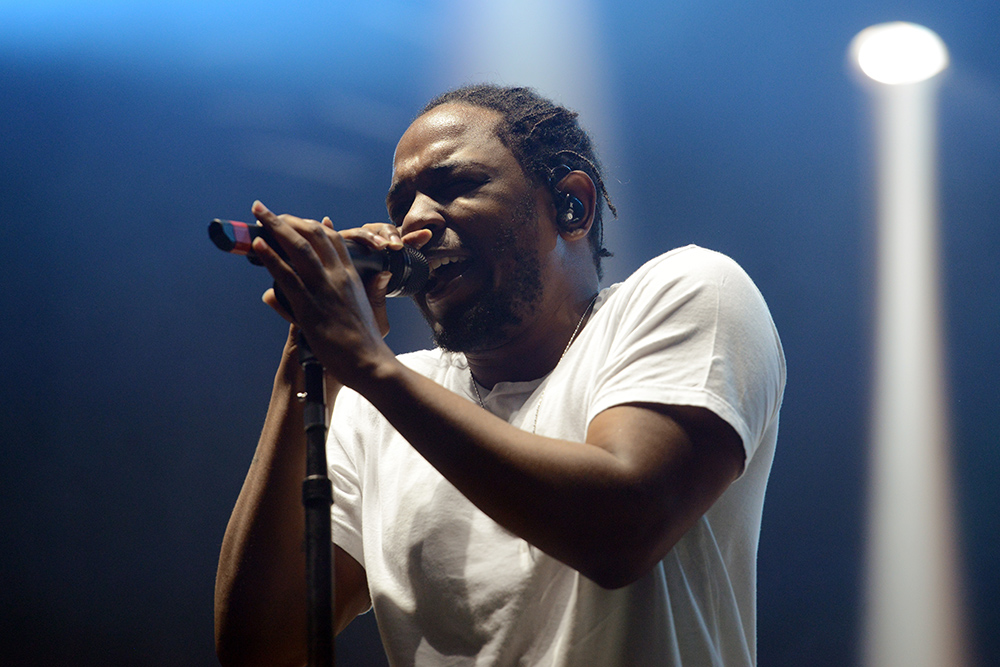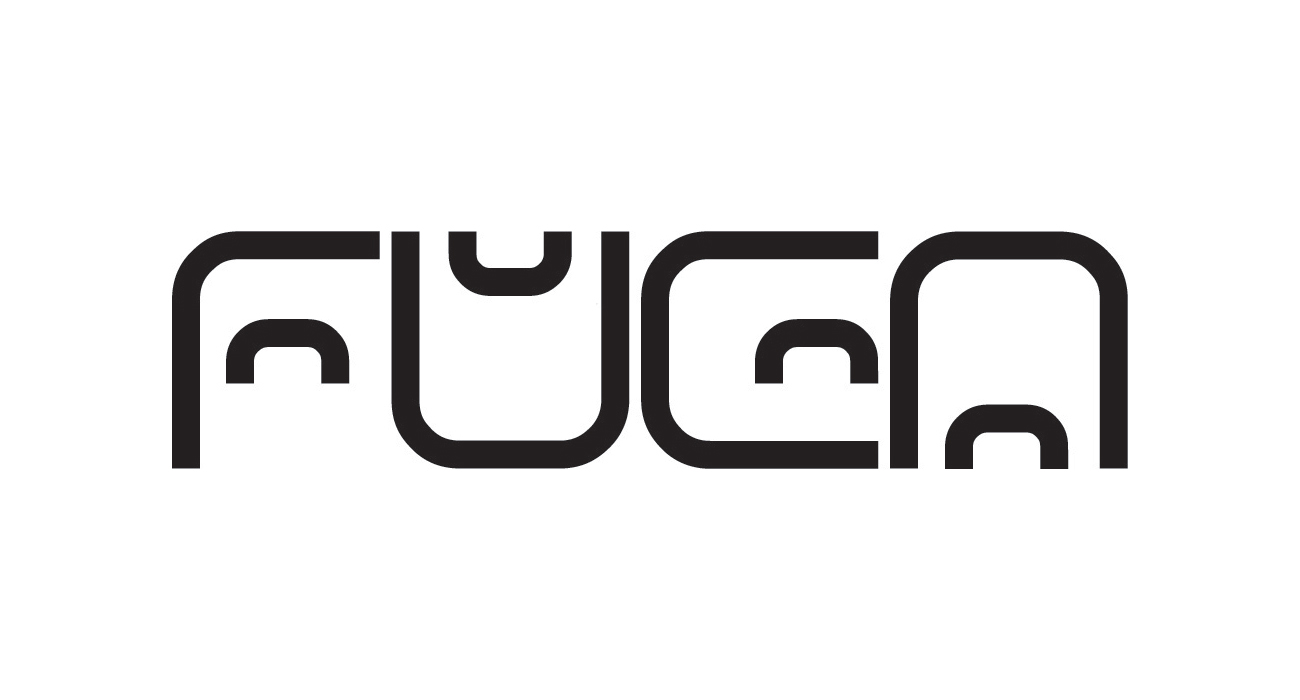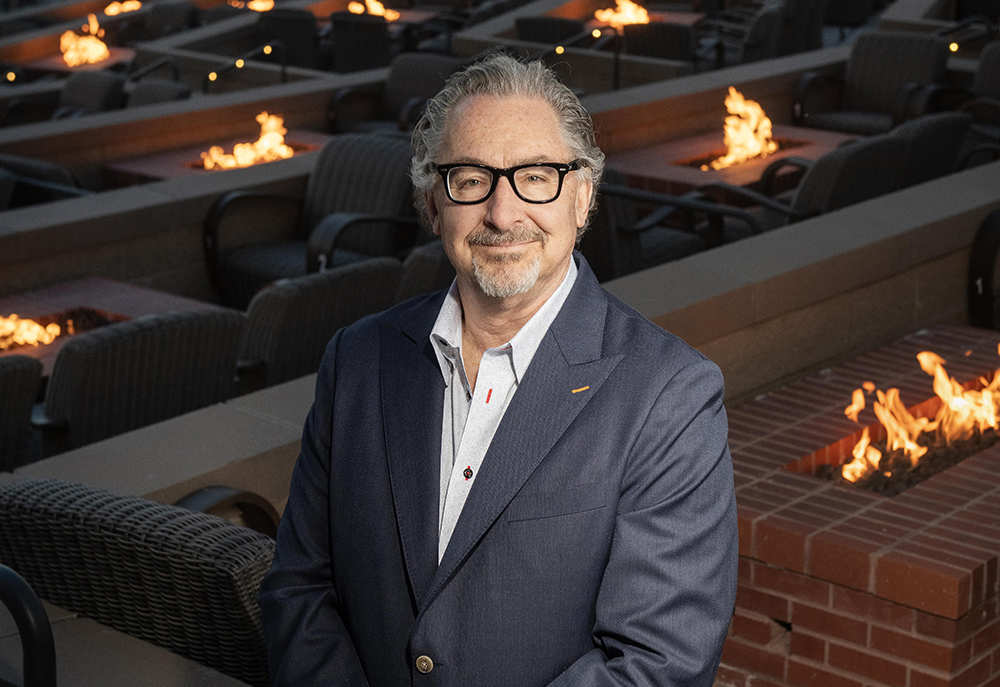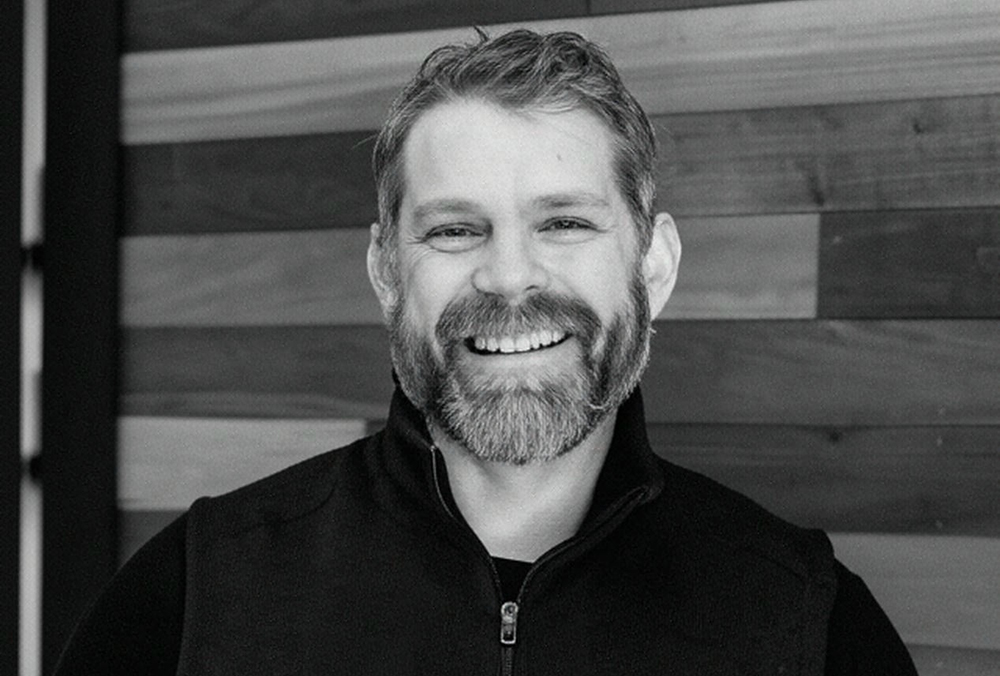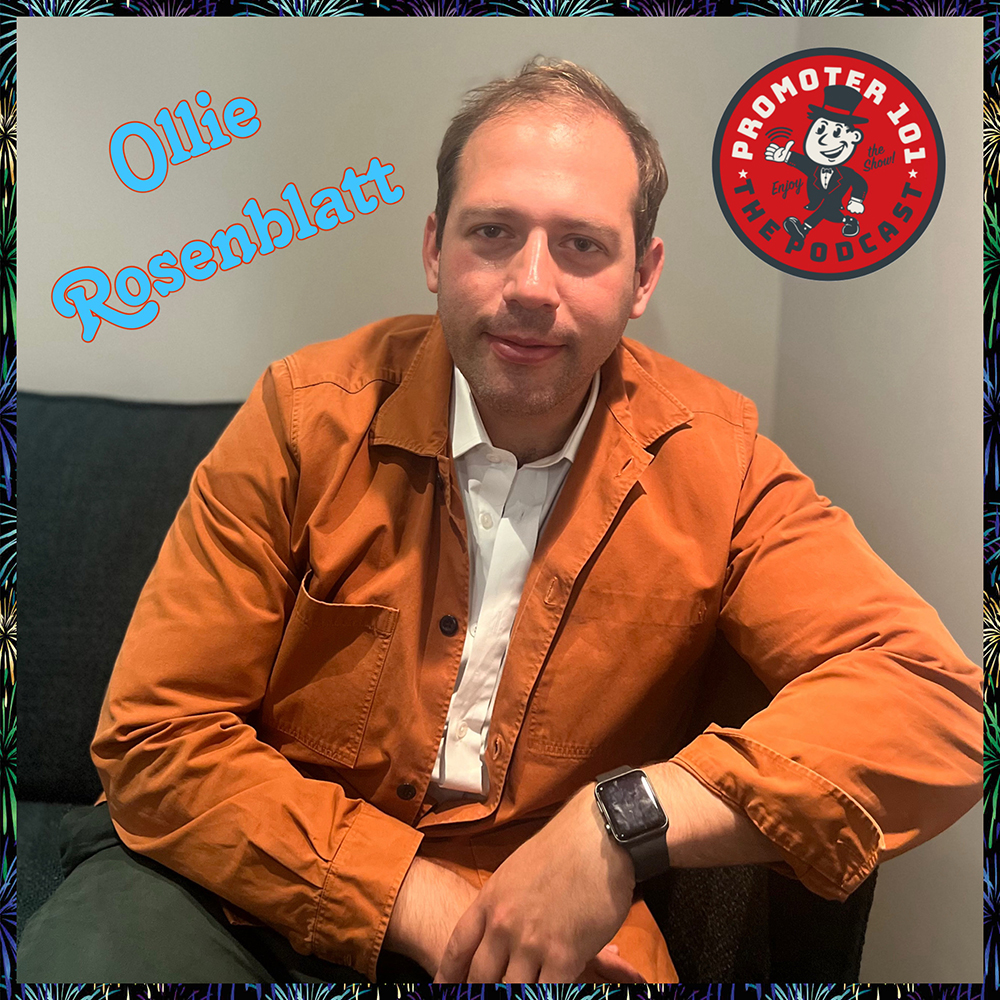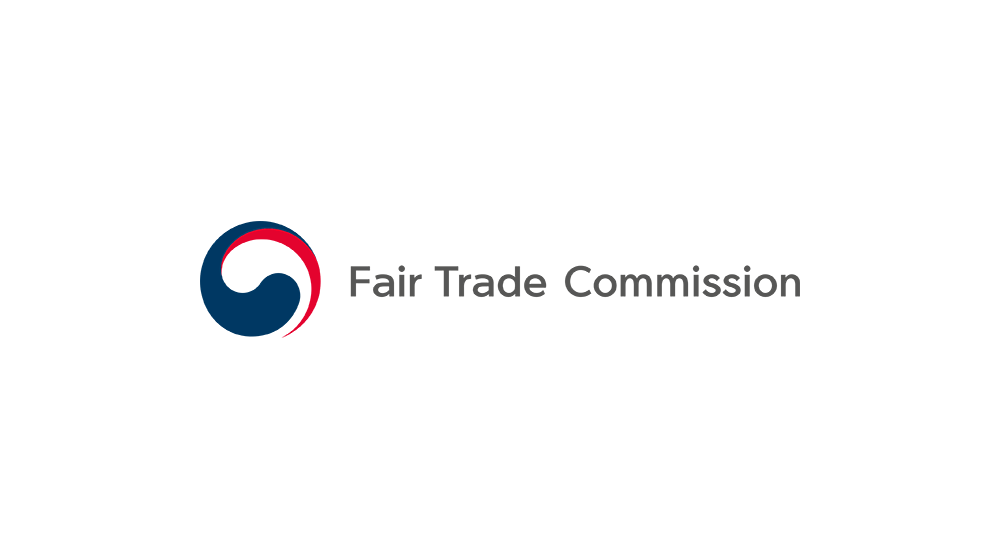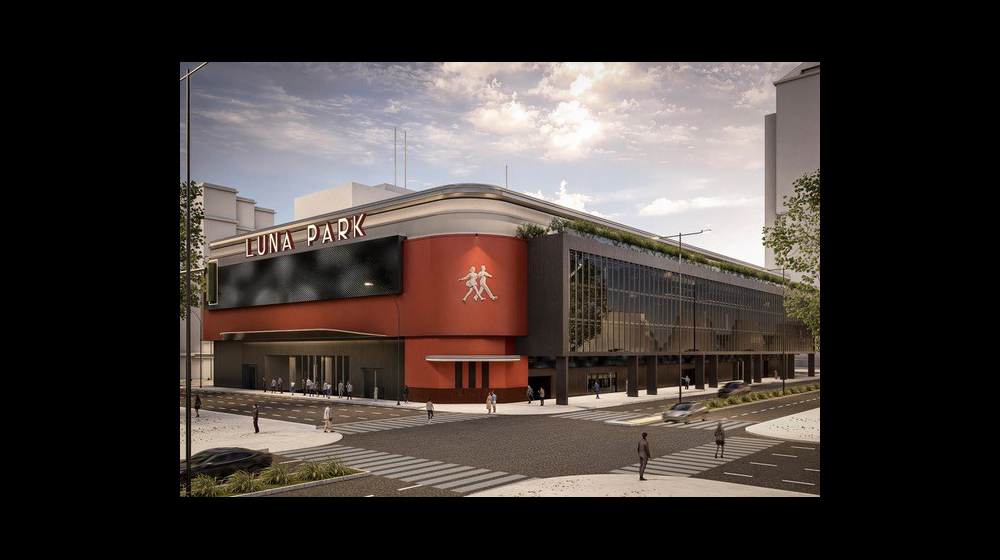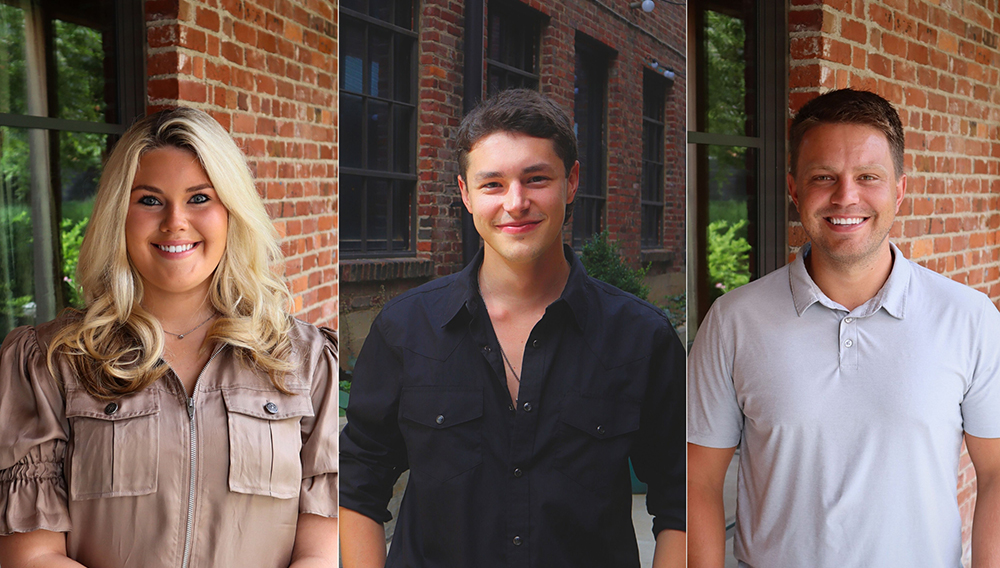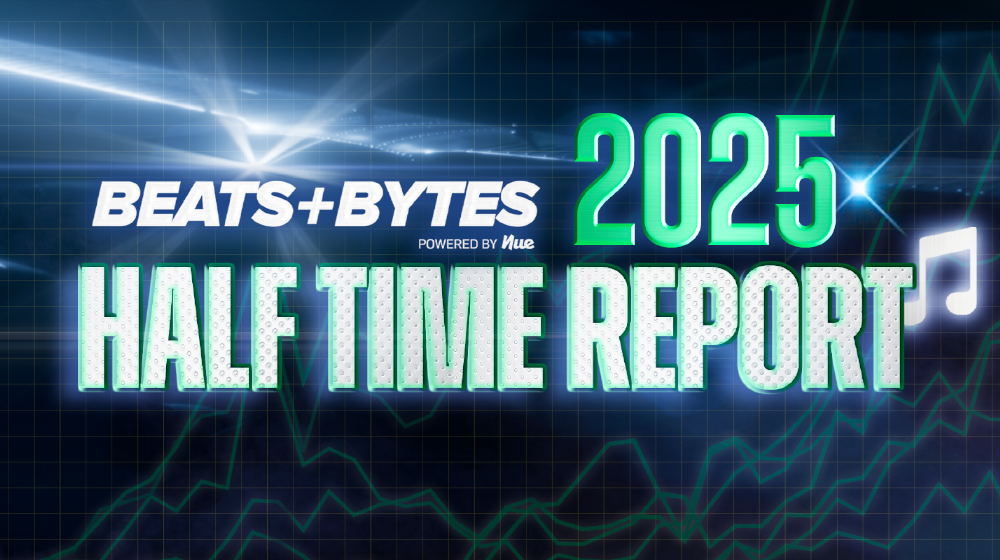This week In the Hot Seat with Larry LeBlanc: Laura Hutfless & Jeremy Holley, co-founders, FlyteVu.
If you don’t know about FlyteVu, you snoozed through 2020.
Despite the COVID-19 pandemic which torpedoed so many entertainment and sports sponsorship deals, Nashville-based FlyteVu’s star burned bright as it executed a brilliant array of digitally driven campaigns in 2020.
From a virtual “ShowHER Love” baby shower, hosted by Kelly Clarkson and sponsored by Carter’s children’s wear to a virtual date featuring Tiffany Haddish and Common for Bumble.
FlyteVu’s campaign for Carter’s “ShowHER Love” which also encompassed the Drybar and Shutterfly brands, was born of the comprehension that mothers-to-be were not being surrounded by family and friends as usual during the pandemic. Many were also struggling due to financial hardship.
Not only did this remarkably good promotion react well with targeted consumers, and result in $2 million in sales for Carter’s, but the campaign also benefited the 501(c)(3) Los Angeles-based nonprofit Baby2Baby, which provides children living in poverty with diapers, clothing, and other necessities.
Campaigns in 2020 by FlyteVu had chutzpah in spades.
Among its effective campaigns were Barefoot Wine combining music and augmented reality to reach consumers with help from the Black Eyed Peas; Brad Paisley, Amy Grant, Jewel Lauren Alaina, Sara Evans, Dustin Lynch, Lindsay Ell, Shane McAnally, and Walker Hayes in support of the Gratitunes campaign benefiting the Vanderbilt University Medical Center staff; and Jack Daniel’s launching Tennessee Apple with Kesha.
Co-founded in 2015 by Laura Hutfless and Jeremy Holley, FlyteVu is a full-service Nashville-based boutique entertainment marketing agency
that has come to be instrumental in helping brands establish optimal marketing strategies through the power of music.
Along the way, FlyteVu has garnered an impressive roster of clients.
Among those arriving at its doorstep so far have been: Bumble, Jack Daniel’s, Anheuser Busch, Converse, Norwegian Cruise Line, Drybar, Spotify, American Red Cross, Barefoot Wine, Carter’s, Classpass, Cracker Barrel, Drybar, Enterprise Rent-A-Car, Journey’s, Tennessee Tourism, Vanderbilt University Medical Center, and Victoria’s Secret PINK.
FlyteVu campaigns have collectively earned three gold and two bronze Clios, an Emmy, a Grammy, and Davey Awards.
At Creative Artists Agency (CAA) from 2009 to 2015 as a music brand partnership agent, Hutfless worked on campaigns with Anheuser-Busch, AT&T, Beringer Wines, ConAgra Foods, Hallmark, Dr. Pepper, Kraft, Skechers, Mary Kay, Ram Trucks, Kingsford Charcoal, and Landshark Lager.
While senior VP of Consumer & Interactive Marketing at Warner Music Nashville (2005-2015), overseeing all aspects of the label’s creative, digital, and strategic marketing, Holley and his team created partnerships with Uber, Pepsi, Samsung, JC Penney, and others.
As entertainment brand marketing developed, Hutfless and Holley—already quite astute about the power of marketing strategy, kick-ass creative, and going for it–realized there was an opportunity for themselves to create and execute first-of-its-kind marketing campaigns to attract new business.
So, they launched FlyteVu.
Everyone at FlyteVu is working from home?
Jeremy: We have been working remote. We do have some team meetings, but for the most part, we have been really successful and productive in working remotely.
What staff do you have?
Jeremy: We are at 22 people now.
FlyteVu has both an impressive and diversified talent history catalog. Prior to when you launched 5 years ago did people figure you’d be dealing primarily with country artists because of being Nashville-based?
Laura: When we started, did they figure that we were just going to focus on country music?
Yes.
Laura: Oh yes. Any time you say that you work in Nashville that is just the perception people have about anybody in this town. We don’t combat that anymore, but in the beginning, it was there, and we did our best to reach out and position ourselves as experts in music overall.
While Nashville is still identified as a country music hub, and while it has been a solid rock town for decades, the city has also become an incubator for pop, indie rock, and even hip-hop with a vibrant new club culture.
Laura: Oh yeah, Music is made here of all genres. It is a wonderful town for all genres now. I love seeing the more diverse artists being promoted here. Where we tried to combat that (being branded country) even then with our beginning work with Cracker Barrel (Cracker Barrel Old Country Store) by bringing in Pentatonix, Rachel Platten, and Anthony Hamilton.
It was fascinating to discover that you two were brought together by being included on a Billboard 40 Under 40 list. You and Laura got together after that inclusion?
Jeremy: We did. We were fortunate enough to be included on that list. We knew each other obviously before because the industry here (in Nashville) is relatively small, but a group of friends was formed out of that group. There were probably 6 or 7 of us on that list that are still close friends today. We still stay in touch. We talk about business and talk about life and talk about the future.
As an oldster, I’m fed up with those under 40 lists.
Laura: (Laughing) We are no longer under 40. So we can no longer use that.
I recall a Billboard article then about a promising group of Nashville industry figures comparing notes, making contacts, and then making deals.
Laura: Yes, they covered us in Billboard. A group of us who had made the list over the previous 8 or 9 years. There was a group that would get together every couple of months. And you are right, we were looking for (background) notes, and we would make deals. And we still do that. Not as frequently because we all now run companies, and we have our own businesses. It’s a little harder to coordinate schedules, but we still have a text chain to stay connected.
There’s something special about being in your 30s, and building your career. You are energized and focused. You feel you can take on the world, especially while working alongside older people who tend to be more traditional, and conservative.
Laura: That’s exactly right. When we launched our company we joked that we were so naive because you think that you can just rule the world, and you try. And everything actually worked out. But we have to continually challenge ourselves to go back to that mindset. In fact, we are coming up on our company retreat, and for one whole day, I am focusing on going back to that naivety because that is what allows us to think big, and to do things that have never been done before.
Why is that mindset so important?
As we get settled in our careers and go through life, we get comfortable in the way things have always been done. We stop challenging the status quo. When you are young, you have a naivety, and motivation that is beautiful. We have a lot of young people on our team here that keep us young, inspired, and motivated.
Jeremy: Larry, I think when you are young, you are definitely pushing against “the man” in some way or manner, right? I think that when you get older you do have to take wisdom from both sides (of the age groups). We still have really good mentors that are older than us; that we draw a lot of wisdom from, but Laura is right. There’s an energy that comes from the younger generation, and with our staff, we are able to accomplish these incredible campaigns, and initiatives because we have people that are on the edge. It is very similar to A&R. At some point, you lose your ear to the ground, and you get a little bit disconnected. So we try to draw wisdom from both worlds.
The game-changer for all marketing activities of late was the advent of the smartphone. Today, demand for greater mobile experiences, in particular with music, is driving our culture, as consumers are able to push videos, photos, and music content from mobile devices to friends, and family anywhere in the world.
Are advertisers savvier about the opportunities in utilizing music today?
Laura: Oh yeah. I would say absolutely. They are a lot better than they were in that they understand the emotional connection that consumers have with music. They understand that music is the number one—well now it’s number 2 due to gaming because of Gen Z—but it is in the top two of the passion points of their consumers, and they know that they need to be there. Ten years ago, I was having to convince brand executives to invest in pop culture. I don’t need to convince them anymore. I am already one step ahead now. Now, it’s helping them navigate music because there are so many platforms that they could be on and so many artists that now want to work with brands. There are unlimited platforms and unlimited artists. How do you navigate it and how do you purpose it?
Are there brands or advertisers that should be in the music space but aren’t?
Jeremy: Yes. All of them. (Laughing) There’s the 1% of brands, like Pepsi, Samsung, Verizon, MasterCard, Citibank, that understand music. They have been in it for a while They spend big money. It is a big part of their DNA. And then there’s the other 99% of brands that have, maybe, touched it for a small percentage; but, for the most part, they have no idea how to engage in the space, or they have been burned in the past from the space. We have found that a lot of our success has come from working with challenging brands like Bumble, and Classpass. Brands that are going up against big people, and brands that are innovating and moving fast. Or working with these real Enterprise-level brands that need a fresh look. Like Cracker Barrel (Cracker Barrel Old Country Store), Enterprise Rent-A-Car, and Norwegian Cruise Line. And those are really the areas that we have thrived in. And there are thousands upon thousands of those companies out there.
I love the fact FlyteVu has been representing Norwegian Cruise Line. Which lucky FlyteVu employees get to take cruises?
Jeremy: Well pre-COVID, the staff had been on 7 or 8 cruises within a 6 month period. We did a deal with them because they were having a problem with music licensing. They were putting generic audio tracks on all of their advertising They wanted to solve the licensing problem The reason it was a problem was because they distribute their marketing assets to 20,000 travel agencies. Think about the publishing clearances on that. It is almost impossible to figure that out. So we built a program with them. We partnered with Warner Chappell Music, and the Independent publisher, Family Affair Productions out of L.A., and we sent 10 or 12 songwriters out on a cruise to Hawaii, and a cruise to Alaska and they did excursions, helicopter glacier tours, scuba diving, and then came back, and wrote music about it on the ship, and recorded it. It was really cool because we got 50 or so songs that they now use throughout a 12 month period, however they want to use them. We call it the Norwegian Music Library.
Advertiser spend on music is said to be far less than sports.
Laura: Rights deals make up a big portion of that (sports) spend. There are not rights deals in music the way that there are in sports. So if you compare apples to apples, instead of apples to oranges, those numbers would be different. If you compare apples to apples, brands are spending more money with music artists than with comparable athletes. Athlete deals are a lot less than music artists because artists have (multiple) rights, and they have tours, and they have albums, and they have music.
A brand’s relationship with a music artist could go on for decades whereas an athlete has only a few years in the spotlight after which they physically slow down or get traded.
Sports is more like the film industry in that all rights are attached for that moment in time. So it’s easier to license.
The problem dealing with the music sector for brands has been the lack of direct access to artists and their recording or publishing rights. Getting a deal between all the rights holders, including licensing masters and music publishing rights–unless pre-cleared–is often troublesome, and takes patience
Jeremy: When you are a CMO (chief marketing officer) or a traditional marketer historically, it has been easier to cut a big venue deal, to Laura’s point, in sports than to figure out the music space. I think that is why what we are doing is so important. People understand that music drives emotion and that it is a number one and two passion point. But they still don’t know how, maybe, to navigate it or who they should be talking to. And our mission is to make sure that these brands understand the impact (of music), and how they can clear a path to success when they want to do something or they commit to do something.
Licensing music requires relationships with rights holders and negotiations over the length and scope of the campaign. It requires people who understand the nuts and bolts of licensing and copyright law.
Jeremy: The music industry has not made dealing with publishing easy. That’s why when you talk about traditional agencies, even on the advertising side, they don’t have all of the nuanced understanding that someone from entertainment has. You have to understand all of the different layers—the 7 layers of the onion, if you will—to be able to deliver success for a publishing clearance. We have proven that time and time again. We have done multiple Super Bowl spots now; licensing for multiple Super Bowl spots, and we are growing that business internally because brands are starting to realize, “Wow I can come to somebody who understands it (music). Who is an expert, and I don’t have to deal with talking to the 12 people that I have to talk to.”
Concert tours and music festivals were sidelined in 2020 because of COVID-19 resulting in a dearth of sponsorship opportunities for marketers scrambling for ways to keep their brands front and center with consumers.
IEG, the premier global consultancy in partnership strategy, indicates that the pandemic has caused a $14 billion loss in entertainment and sports sponsorship deals, affecting 120,000 sponsor agreements, and 5,000 brands.
With the disruption, consumers are now experiencing media differently for the first time. When you look at 18-34s, 77% are no longer reachable through traditional linear TV.
While the pandemic hit “pause” on live music, live streaming was recognized as an affordable way to scale live events without escalating production costs. As well, even traditional media executives have come to understand that live streaming provides a collaborative and participatory experience for viewers, especially when they can post, comment, chat, and tweet in real-time.
A new wave of visual, experiential, and interactive artists—as well as the increased use of advanced technology–is now providing greater opportunities than traditional event advertising. At the same time, the “pause” in live entertainment has brought about fresh opportunities to connect with consumers.
Laura: You make a really good point. I think that the fans have not gone anywhere. The fans are still interested in musical experiences more than ever. In the brand space, they have been calling it, “The roaring ‘20s.”
While streaming has become more widespread and has become an integral part of changing the digital frontier, music viewership continues to evolve through Facebook, Instagram, LinkedIn, TikTok, Twitter, Zoom, Twitch Triller, and Clubhouse. Nevertheless, fans continue to miss the live experience. They miss that communal connect.
Laura: Connect is the right word, but I would, maybe, change that narrative a bit. They (fans) are still able to watch artists on Zoom. They have been able to watch artists on Instagram for some time. They haven’t been able to connect with other people, with their friends in that musical experience. What we know drives that euphoria is that (live) environment. Why you feel that way at a concert. Why it is an experience; and why it is such a spiritual experience is because of there being a connection.
That shared experience of being together. That shared experience of being together for performances at either a club, an arena, or a festival.
Laura: Correct, yes.
And everything that leads up to that live music experience. Perhaps borrowing the family car. Having a beer for the first time. All difference experiences not found in flipping on a computer or a TV and watching a streaming event.
Laura: Correct. I would expect (those) experiences to be important to them. However, you are not wrong when you mentioned earlier about some people being left behind. I very much feel that those, who have not been able to adapt and who have not in the past year invested in Twitch, Triller, TikTok, and Clubhouse, and all of these emerging platforms where fans are now, will be left behind. If they have not taken time to do that then they will be left behind.
When live music happens again, we will surely see the introduction of well-orchestrated digital and physical events. Artists providing a live performance coupled with high-level, gated interactive streaming content.
Jeremy: You will never be able to replace the visceral energy of a show. To Laura’s point, the people that are in the digital space are expecting more. So these live streams will evolve, and become more immersive, and more interactive. They will create ways to have better shared experiences. I don’t think that people will be leaving screens, and going one way or the other. It will be a combination of both and, the digital side will be a large piece of the pie.
Brands have long struggled how to reach millennials because there’s so much clutter in the space. While music and technology are the leading ways to reach millennials, it’s likely that Twitch, Triller, TikTok, and Clubhouse are outside the digital experience of most millennials.
Laura: (Laughing) I am laughing because I feel that. The young people around me here keep me young and introduce me to all of these amazing platforms. But I do think that there is a section of the industry that either sat out for 2020, or either they didn’t sit or lean in. So I think that we are going to see more of them in 2021 doing more.
Digital marketing itself will further change with the introduction of multi-camera, immersive, and interactive experiences driven by the influx of technology people to entertainment in the past few years. Many of them are working to extend the festival experience to those who can’t physically be there, or to those who were, and want to remember it. YouVisit, for example, offers a virtual festival experience that allow fans to explore an entire festival. Oculus is offering virtual reality experiences.
Jeremy: We just demoed Microsoft Mesh, which is kind of that whole virtual “I can sit in my room, and you can sit in your room, and we are in a virtual room together physically.” I do think that will continue with companies like Apple who in the next few years are going to get rid of the phone, and move toward more of a headset-driven platform. That is going to completely change the game.
Author and inventor Ray Kurzweil has been talking about audio-visual virtual reality entering the mass market for decades.
Jeremy: Yeah.
(Microsoft Mesh-enabled apps on HoloLens 2, VR headsets, mobile phones, tablets, or PCs–enables presence and shared experiences from anywhere – on any device – through mixed reality applications. Colleagues, working time zones apart, can come together digitally.)
What was a cluttered content field in TV, radio, and social media on the internet has now become even more cluttered. You need the proper couplings to break through that white noise.
Jeremy: Within the past two to five years, there has been a pivotal shift with brands due to consumers now requiring brands to have a mission vision purpose, and to connect to them on a personal, and deep level. You have seen huge successes of that with companies like Red Bull, and other media-driven companies that have stepped into the daily lives of consumers. But regardless of what the technology or distribution is of that, the brands that are going to thrive, and cut through are the ones that have a purpose. That have something to say. And from our world, it’s pairing that purpose with an artist of a similar purpose or an entertainer or a musician that is really the only way forward in my opinion in terms of how they cut through. The stories have to align in an authentic way for it (the campaign) to cut through regardless of how it is being delivered. Whether it’s on TikTok or Mesh or whatever.
You both previously worked at companies where you were doing similar work—Laura with the Creative Artists Agency (CAA), and Jeremy, you for a decade at Warner Music Nashville. These are companies where sponsorship marketing wasn’t their core business. CAA’s core business is booking its clients; whereas Warner Music is selling music though it had moved into more diversified 360 type services at the time.
Jeremy: It’s streaming now.
The two of you realized that there was a hole in the sponsorship marketing sector, but also this is now your core business at FlyteVu. It, therefore, differs significantly from what you both did previously.
Laura: You are right. I was providing a service that would help attract clients to a larger agency offering which was booking. That is where they (CAA) made their money.
You were representing artists and not brands.
Laura: I was working on behalf of talent to try and find them deals or partnerships. What I realized in that position was that I was not able to affect the programs of what was being developed on the brand side. I was just seeing offers with deliverables and services. By the time it got to me, and by the time it got to be an offer for my client, the program was already developed; and more often than not, the brand managers or marketing people didn’t understand music or entertainment.
In effect, by representing artists you were being auditioned by brands alongside representatives from William Morris Endeavor Entertainment (WME), Paradigm Talent Agency, or CAA. At the same time, if an artist agreed to do a corporate-related deal, they might still be wary of how they would be used.
Laura: Here’s our list, correct. Here is the talent that I can sell you, essentially. So what I realized in that context was that these programs that were being created were not effective. They were not built with the needs of the artist in mind. They were very one-sided and they would not turn results or an ROI (return on investment) to the brand; and then I would lose that brand as a potential buyer or to something else that was, maybe, easier to navigate or they’d done before. That essentially revealed to me, and to Jeremy who was in a similar position, that there was a need for an agency inside entertainment that understood the politics, understood the artists, understood how to navigate this crazy world, and help brands create more effective marketing campaigns with talent at the table.
When the brand reached out to you—the old tradition you went to brands and told them that you wanted to help build their music strategy. There’s probably not a manager in the industry that wasn’t going to take a sponsorship deal, if it made sense for their artist to offset the costs of touring or to help assist them with their marketing campaigns if they are launching a tour and an album. The marketing budgets of record labels were decreasing, and it getting more expensive to go on the road and tour.
Sponsorship, once universally scorned by music artists and managers alike, first experienced a huge growth of interest led by hip hop and country artists; If only to boost income lost elsewhere, and to defray tour costs.
At the same time, brands were looking for something specific to their campaigns and sought the biggest bang for their buck.
As more brands brought marketing support to the music community, the market for sponsorship and endorsements shifted.
Today, with more artists beginning to control the rights to their recordings, and music publishing, many now feel they can work with brand marketers via customized marketing platforms, including on-site presences, and viral-marketing campaigns that create interactions among fans, artists, and brands.
Laura: Here is what is missing in entertainment. Most artists, especially these days, don’t care about the money. They do care that they are valued, and that they are paid for their time and services. But an A-list talent, who is doing global tours, does not need another million dollars. They don’t. They want a partner that will elevate their profile; that has a marketing reach that is larger than theirs, or can help introduce their music to new audiences; and then has the ability to bring on resources, teams, vendors, or new technology that the artist can incorporate into their ecosystem. So that is what was missing because everybody thought, as how all their artist agents were trained to think, “How much is the fee? I need to figure X number of dollars” because they work off of commission. But that was not the best way to set up a partnership.
Everything is negotiable. Although you represent the brand, you also represent the deal. With changes in music distribution beyond retail stores, e-commerce, and touring, a strategized, brand-driven marketing campaign can extend an artist’s brand and its product offerings around recordings, tours or other moments in their career.
Laura: A partnership is about what does the talent need, what are they looking for. In most cases, it is not always about money. More often than not, they need a good partner. The brand has all of those offerings, but the artist could never (previously) get a seat at the table because there was an obstacle in the way. So we removed that obstacle, and we bring these partners together to really talk honestly about who can bring what to the table, and make it a more collaborative program.
You are talking during the planning of a campaign or an event?
Laura: Correct.
Jeremy, how was it at Warner Nashville? As music sales dropped, and with the advent of less-profitable downloading, big music companies like Warner moved into a 360 styled ancillary business with in-house consumer products and licensing merchandising, and even artist management to augment the revenues of their existing recording and publishing divisions.
Jeremy: Fortunately I came in at a really exciting time which was right at the beginning of the 360 business. I was fortunate to work for what I would consider to be one of the more progressive record labels at the time. It was being run by Lyor Cohen who is at YouTube now.
Lyor took over as the Warner Music Group recorded music division’s chairman and chief executive in 2004, as consumers were switching from highly profitable CDs to $0.99 downloads. Lyor stayed until 2012 and he has been the global head of music YouTube since 2016.
Jeremy: His mandate was that if we are going to take these rights from artists we needed to figure out how to service these rights and we needed to be the best in these different areas whether it be merch or e-commerce or technology.
Warner Music, with its global independent services division ADA Worldwide, led the way with brand marketing. Were other major labels as aggressive with brand marketing within their 360 deals?
Jeremy: On the record side, no. Obviously, the (booking) agencies had divisions that serviced brands.
William Morris, Paradigm, and CAA were ensconced in the sector but these are full-service entities.
Jeremy: Yep.
Any 360 deal was largely deemed by managers and artists as a cash grab by the labels. There was immediate push back from them arguing that labels had to show why they should be at the table in negotiating those rights.
Jeremy: Yeah, and Lyror was an artist’s guy and he fought for that corporately. That trickled down through the organization and I was able to be very entrepreneurial and I helped launch a merch company, a direct a consumer company and a lot of digital technology stuff we were doing back in the day.
What years were you at Warner Music?
Jeremy: I started in 2004 or 2005 so it was right when YouTube launched. Right when Apple was coming out. Facebook was relatively new. Everything was new at the time. MySpace was brand new. Twitter didn’t exist. Instagram didn’t exist.
What’s mind-blowing is that were no iPhones, Twitter, Facebook, YouTube, Snap Chat, or Instagram to support what you were doing.
Jeremy: Yeah, for sure. It was fun because we got to be entrepreneurial, but it also was the darkest days of the music business, in general. If you look at the history of record sales then. Digital was starting to grow, but it wasn’t making up for the losses of physical sales. So everything that we did was trying to figure out how to generate revenue for the artist, and one of those areas was brand sponsorship. And to Laura’s point, what I learned from that process, was that we were essentially selling talent to brands to subsidize losses in other areas, and it wasn’t a partnership. It wasn’t structured the right way. It wasn’t thought about the right way. We had about 6 artists on Warners Bros. that were also signed to CAA for bookings, and what Laura and I discovered was, “Hey, there’s a different way to look at this.” Instead of just selling a brand, we started building programs that could be repeatable. A brand could look at this and say, “Oh my gosh, I could own this and repeat it with different artists each year.” A platform that they could build and that they can own.
Brands also weren’t sure if the fees that they were paying worked for them.
Jeremy: They were scrutinizing it more. They weren’t seeing the return on their investment. They weren’t seeing it pay off. A lot of times when we talk to brands even now that have participated with music in some fashion, they say, “That didn’t work for us.” I hear this all the time. “Music didn’t work for us. We tried it.” It is so unfortunate.
At the same time, there was push back from artist managers saying, “We will do this, and this, but not that or that. No, you are not putting signs up at our shows.” Even being reluctant to meet brand sponsors and their families for meet-and-greets backstage.
Jeremy: Now it is different because we are in a different marketplace. Where things were taboo even 10 years ago it has changed. People do think about this landscape differently, and the programs that we have been able to build now with the brands are more thoughtful than they were before.
There were brands that early on understood the music proposition like Cracker Barrel Old Country Store which has over the years provided a consumer website, Internet promotions, meet-and-greets, promotional tickets, inclusion in TV and print promotions, venue signage, and on-site marketing opportunities at all of its venues. Cracker Barrel has understood music for decades; not many others did.
The reason why Cracker Barrel cuts through is because their brand has something to say. They care about their consumers. They want to provide this feel of home. That you are a home away from home. They partner with artists who are authentic to the brand; that actually go there every weekend and eat. So, I think for us, the reason that we have been able to make that part of their DNA it’s to your point earlier that it has been part of their DNA from the beginning. They carried Chet Atkins’ records because Chet was friends with the owner (Danny Evans).
(Established in 1969 in Lebanon, Tennessee, Cracker Barrel and its affiliates operate more than 660 company-owned Cracker Barrel Old Country Store locations in 45 states, and own Maple Street Biscuit Company restaurants.)
How do you two discover promising new artists?
Laura: I’m on Spotify. I follow some of their playlists or I cruise through New Artists and “artists that sound like.” I’m exploring those things. Also, I listen to my young team. Everyone here has different musical tastes, and we have staff meetings where people pitch music, and their favorite songs. Honestly, I am introduced to new bands by the young folks on my team before I’ve ever heard of them. Right now, I love NF (Michigan rapper, singer, and songwriter Nathan Feuerstein who creates non-explicit hip hop). He recently dropped a new mixtape (“Clouds (The Mix Tape).
NF, I wouldn’t expect that of you.
I am just a huge fan of his music. I typically like artists who are willing to be vulnerable. I think that Macklemore does a great job of that too. I really love artists, no matter if they have 5 or 5 million followers, who are able to be real and connect, and show that we are all human at the end of the day.
Jeremy: Another discovery for Laura is Genius (a site that allows users to provide annotations and interpretation to song lyrics, news stories, and poetry). She spends a lot of time learning songs via lyrics.
Laura: I like to read lyrics. Sometimes, a song touches me, and I want to know how artists adapt. Words have power. I love the power of music. Music is great, but when you can add real depth, and story amenities with powerful words that is what makes a great song. So I learn all of the words of all of the songs.
Jeremy: in terms of where I personally dive in and try to discover things, is with SiriusXM and Spotify. But the tool that works best for Laura and I throughout our careers is that we are always asking people, everyone, like every time we have a conversation we will ask, “What is the music that you are most excited about?” We tend to get such a wide array of answers. One of the most frustrating things for me as a music fan was that I grew up with vinyl and CDs and reading liner notes and lyrics. That went away for a long time, and it’s amazing to see it back in a digital format.
Like everyone, you have each watched as mass shootings have affected our industry. In Las Vegas, three years ago, a gunman, fired more than 1,000 rounds of ammunition from his 32nd-floor suites in the Mandalay Bay Hotel, which killed 60 people and wounded 411 people at a country music festival; and then there was the shooting at the Borderline Bar and Grill in Thousand Oaks, California the following year.
One of your staff members was in the Vegas shooting.
Laura, you had met Austin, a survivor of the Columbine school shooting when he was 17, but not long after the 20th anniversary of Columbine, Austin overdosed and lost his life.
As a result, you and others at The Onsite Foundation, reacting to how these violent tragedies affect people for their whole life and realizing the struggles that continue afterward, developed a trauma-informed therapeutic program, Triumph Over Tragedy, that focuses on mental health, addiction, and trauma and provides tools, support, and a safe community for survivors of mass shootings to find hope and healing.
(The Triumph Over Tragedy program provides services, full scholarship, to survivors across the nation regardless of gender, race, religion, sexual orientation, or socioeconomic status.)
Those (wounded) people and others have experienced trauma and deep emotional wounds, and that is going to come out in some form or fashion unless we stop that cycle; and stop the bleeding. The impetus of the Triumph Over Tragedy program is to help those survivors in the long term find hope and healing of their wounds so that we have a healthier country and can stop the cycle. You can take the approach of taking guns out or you take the mental health angle. I think that it’s a combination of both to solve this issue, but it is one that does affect this industry, the music industry, more than any other. I know that it is a big concern of many artists, and this is my way of doing my part to help those who are hurting, and hopefully help to stop that.
America has had a long, painful history of gun violence. The recent shooting at the Boulder King Soopers in which 10 people were killed, marked the 7th mass shooting in the state.
Then came a murderous rampage targeting Asian-American women in Atlanta; and South Carolina authorities identified former NFL player Phillip Adams as the man suspected of shooting and killing 5 people.
And now, President Biden says he will enact new measures through an executive order in an effort to bolster background checks, support local violence prevention including an order targeting homemade guns, known as “ghost guns,” because they are unregistered and untraceable.
All this carnage happened recently. Gun violence seems to be getting worse in the United States.
Laura: It is. The numbers say that. My gut feeling is that it will be worse in the coming months than it has ever been because our country has a mental health crisis and that combined with access to weapons is a recipe for these events. It is why I am involved with The Onsite Foundation, and mental health awareness, and raising money. It’s a cycle. People hurt people. So if one person takes action, it can have an effect.
Putting a spotlight on philanthropy during the pandemic, particularly with people impacted by the economic crunch of COVID, FlyteVu has launched a donor-advised nonprofit fund The Music Health Alliance, being managed by AB Bernstein, a unit of the global financial firm AllianceBernstein.
FlyteVu has announced a $250,000 initial investment to this new charitable giving fund which provides people in the music industry with healthcare insurance, resources, and guidance, will receive $25,000 as the fund’s first donation.
Over the past five years, and including the Fund’s initial investment, FlyteVu has donated more than $750,000 to a wide range of nonprofits including Musicians On Call, Youth Villages, Porter’s Call, Ronald McDonald House of Charities Nashville, Safe Haven Family Shelter, and Thistle Farms.
FlyteVu has also launched The FlyteVu Fund, a donor-advised fund where employees can apply for funds for future donations to nonprofit organizations that support causes centered on music, health and family.
Laura, do you come from a family with a history of philanthropy? Of giving back to the community.
Laura: My parents did, and 10% of every dime or quarter I earned I would have to give away to help somebody or give to the church. Since I was little that was just ingrained in me. That 10% of everything you give back. Because what you are getting (in life) is a gift. That has been parlayed into everything that I do in the organization, and thank God I have a wonderful partner, Jeremy, who grew up the same way, and who has that same vision. When we started this company I will be honest, it was to prove to everybody that we could get this company off the ground, and be profitable and all of that. But we started realizing that having this purpose of giving back, that we needed to shift our focus, and the focus is not how much we can make, though we can be all of those things, but the focus is how much can we give away? How many people can we help, and serve? Whenever God brings someone into our path, whether that’s a new client or whether it’s new talent, how are we impacting the trajectory of their lives?
Where are you originally from Laura?
Laura: I am all over. Military. My dad was in the navy. We went from city to city. I was born in Toledo, Ohio.
Now let’s turn to Jeremy, who while waiting, has been dialing in tracks on Spotify by White Zombie and Pantera—his first concert experience—and his favorite band, Led Zeppelin.
Laura: Wow. Good research.
Jeremy: I love the research here. It’s good.
Jeremy, you grew up in a very religious small town?
Jeremy: Sarepta, Louisiana is my hometown. Population 400 people. It’s about 40 miles north of Shreveport right on the Lousiana/Arkansas border.
Larry LeBlanc is widely recognized as one of the leading music industry journalists in the world. Before joining CelebrityAccess in 2008 as senior editor, he was the Canadian bureau chief of Billboard from 1991-2007 and Canadian editor of Record World from 1970-80. He was also a co-founder of the late Canadian music trade, The Record.
He has been quoted on music industry issues in hundreds of publications including Time, Forbes, and the London Times. He is a co-author of the book “Music From Far And Wide,” and a Lifetime Member of the Songwriters Hall of Fame.
He is the recipient of the 2013 Walt Grealis Special Achievement Award, recognizing individuals who have made an impact on the Canadian music industry.




















